
Ο Max Ernst. Φωτογραφία της αμερικανίδας ζωγράφου Dorothea Tanning. Ο Max Ernst και η Dorothea Tanning παντρεύτηκαν το 1946 σε κοινή τελετή γάμου με τον Man Ray και την Juliet Browner. Βλ. tigerloaf.
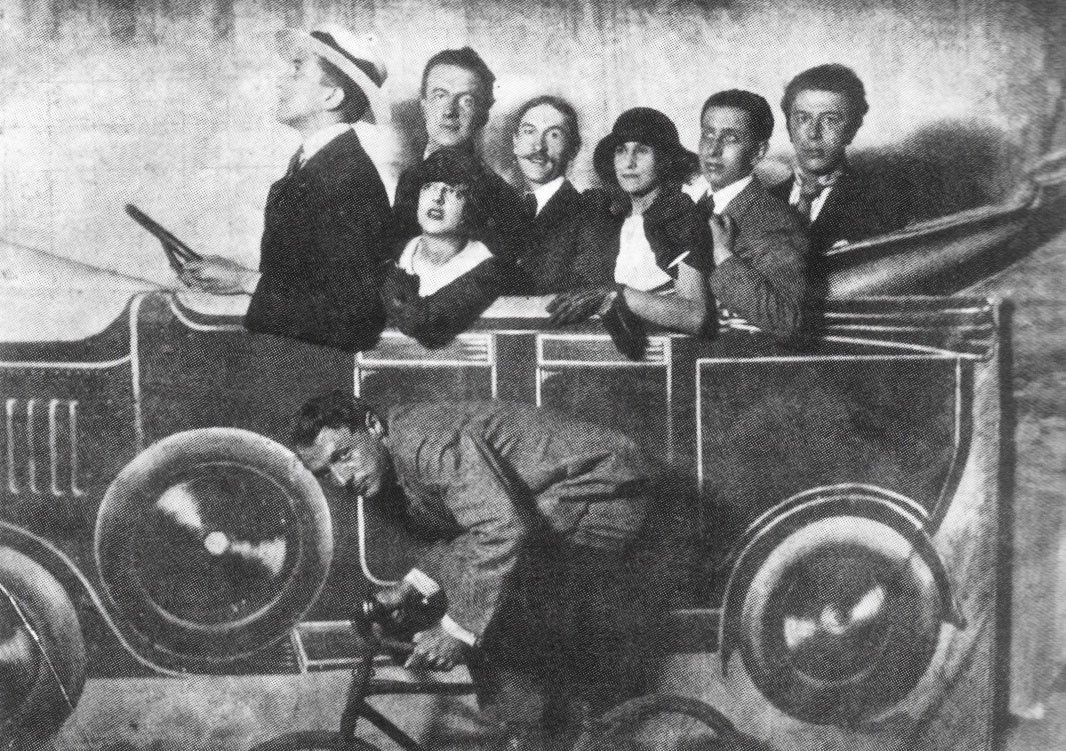
"Οικογενειακή" φωτογραφία της ομάδας των Υπερρεαλιστών. Από αριστερά: Max Morise, Simone Breton, Paul Eluard, Joseph Delteil, Gala Eluard, Robert Desnos, André Breton, και Max Ernst (πάνω στο ποδήλατο). Βλ. monocoleporter.
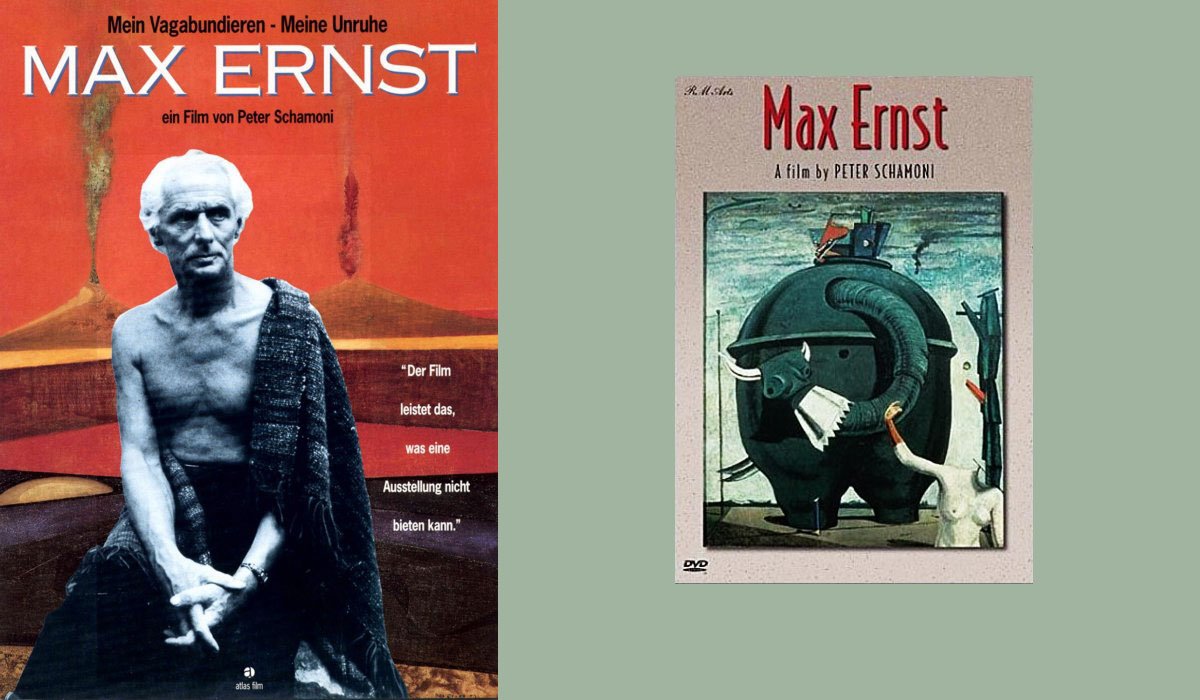
Max Ernst, Mein Vagabundieren, meine Unruhe (1991), ντοκιμαντέρ του γερμανού σκηνοθέτη Peter Schamoni. Βλ. filmposter-archiv και naderlibrary.
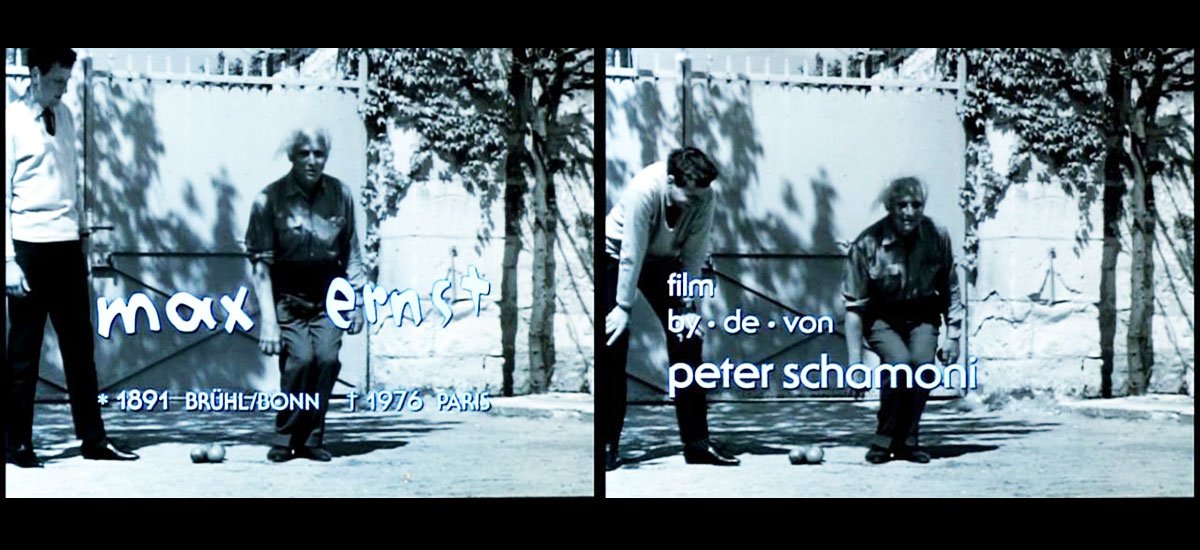
Max Ernst. Illustrated Screenplay and Screenplay Gallery (από την ταινία του Peter Schamoni). Ολόκληρο το screenplay της ταινίας στο σάιτ The Ralph Nader Library.
Κάτω από τις ταπετσαρίες των ανίδεων νέων ιδιοκτητών, φανερώθηκε μετά από πενήντα χρόνια ένα ολόκληρο σπίτι ζωγραφισμένο από τον Max Ernst. Για την κόρη, όμως, του Paul και της Gala Éluard, που μεγάλωσε σ' αυτό το σπίτι, ο υπερρεαλιστικός οίστρος που επέδειξε ο Max Ernst μέχρι και στο παιδικό της δωμάτιο αποδείχτηκε αληθινός εφιάλτης.
Στις φωτογραφίες, ο Max Ernst παίζει με τον Peter Schamoni το γαλλικό παιχνίδι pétanque.
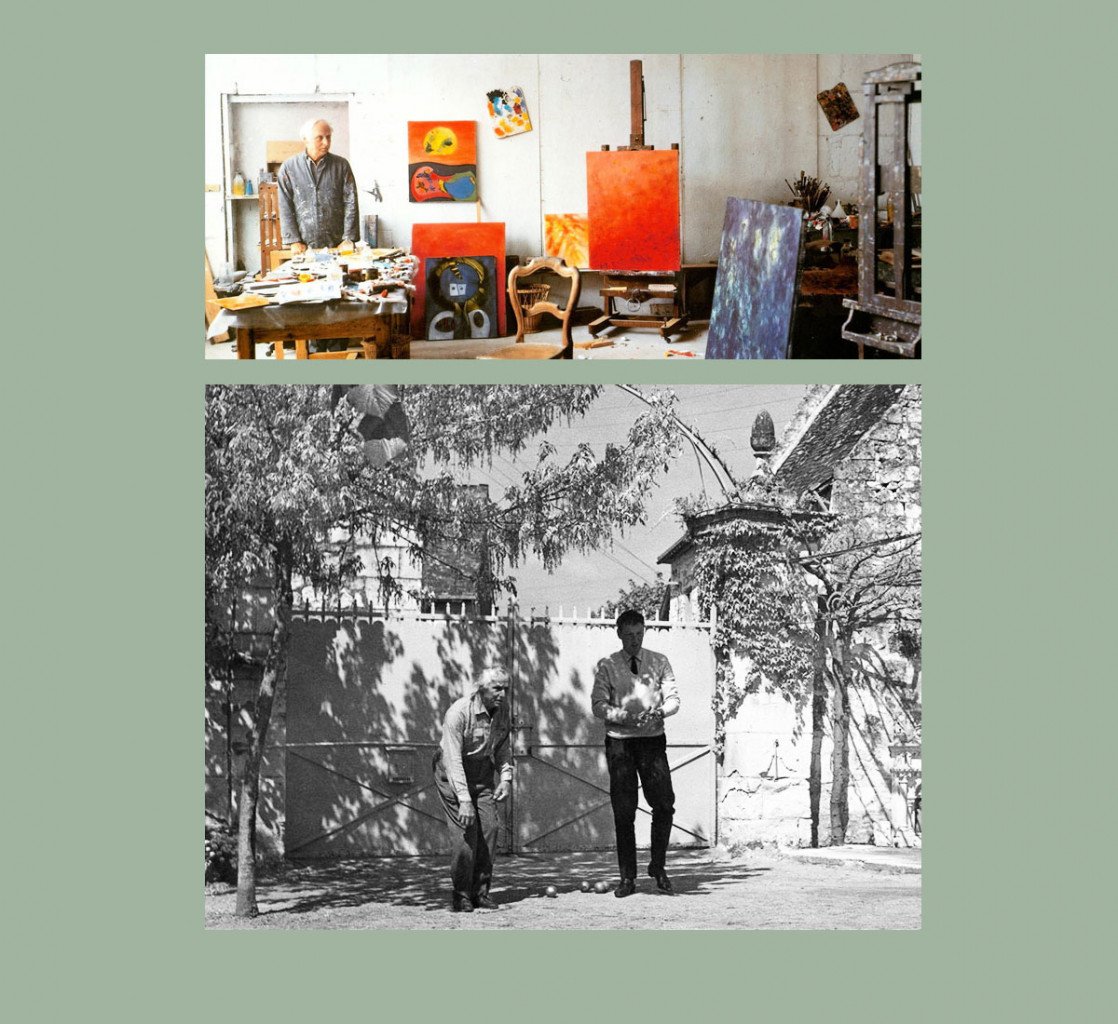
MAX ERNST: My wanderings, my anxieties, my impatience, doubts, beliefs, hallucinations.
My loves, rages, rewards, contradictions. My refusal to submit to discipline, even my own.
The sporadic visits of Loni, my sister, the 100-headed woman.
All this was not conducive to a favorable climate for quiet sitting work.
Like my behavior, my work is not classically harmonious.
Not even classically revolutionary.
Seditious and even contradictory, it isn't appreciated by the specialists of fine arts, of culture, behavior, logic and laws.
But it enchants my accomplices: poets, __, physicians, and some illiterates.
I was born with a very strong feeling of needs of freedom. Liberty. And that means also with very strong feeling of revolt. Revolt and revolution are not the same thing. But when you have this really strong feeling, of this need for revolt, this need of freedom, and you are born into a period where so many events invite you to get revolted and throw over what is going on in the world, and be disgusted with it, it's absolutely natural that the work you produce is revolutionary work
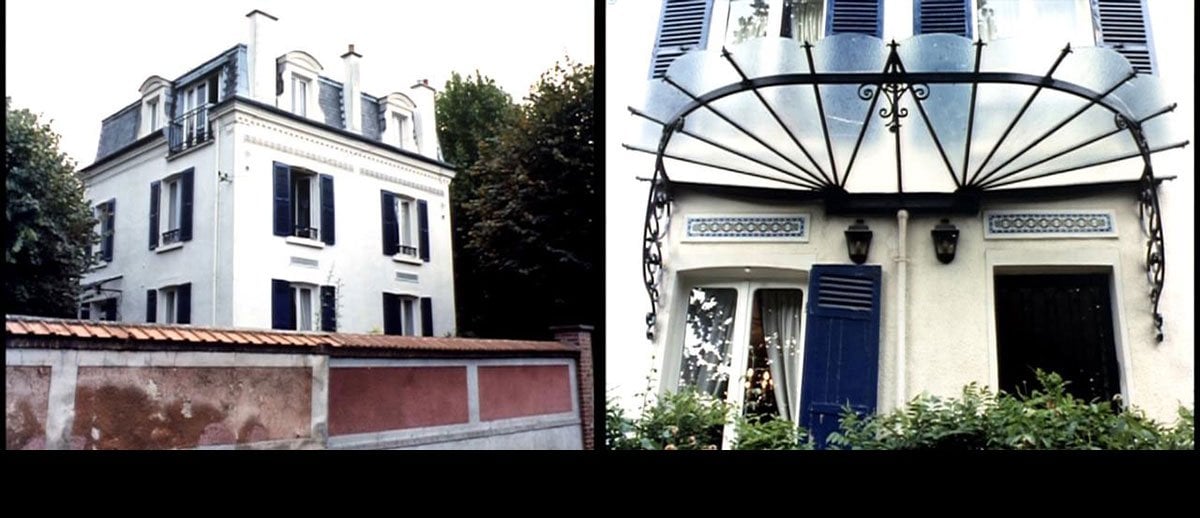
NARRATOR: During his first Paris sojourn, Max Ernst is the frequent guest of Paul and Gala Eluard in their house in suburban Eaubonne.
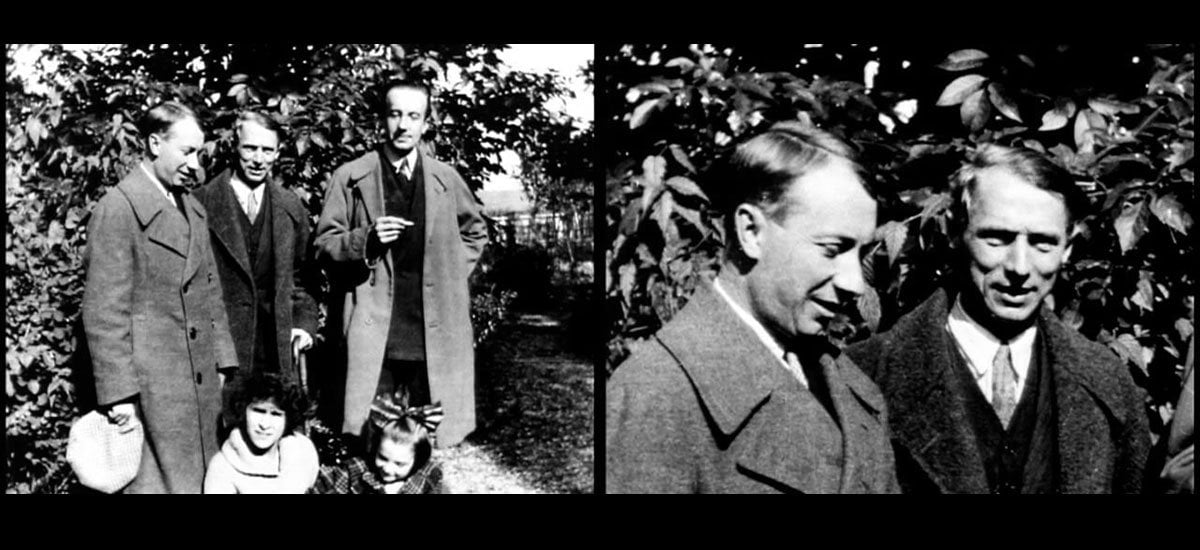
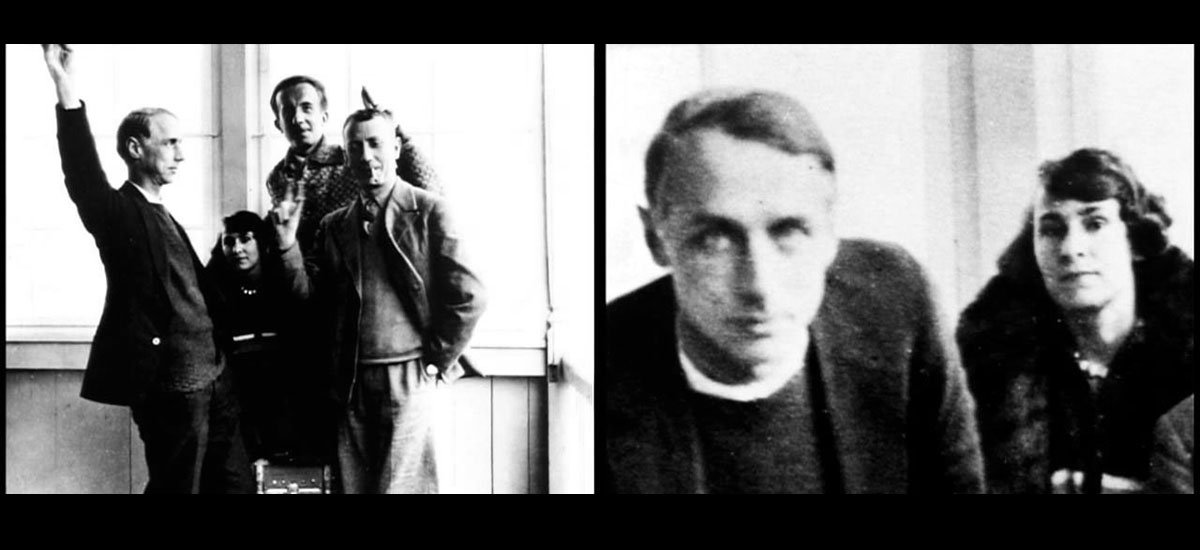
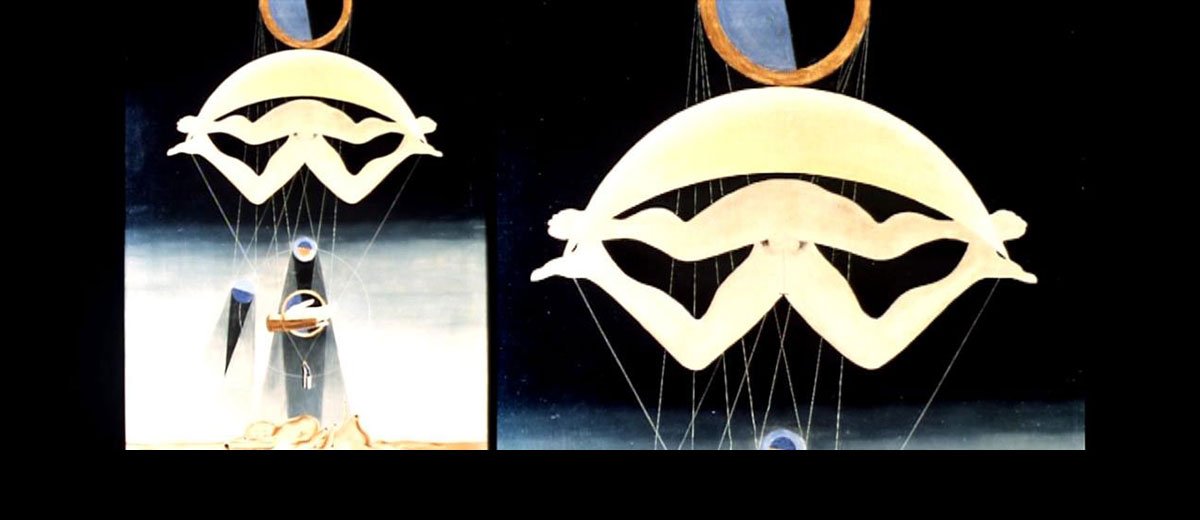
One day he begins to adorn the walls of Eluard's house, where the surrealists often gather for their truth-seeking spiritualist seances, with strange, dream-like figures.
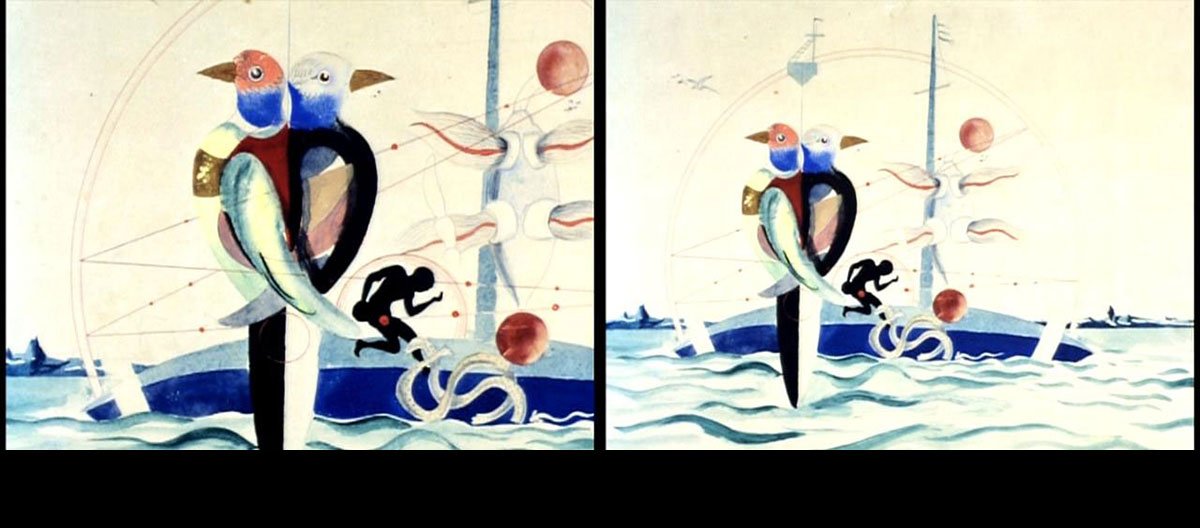
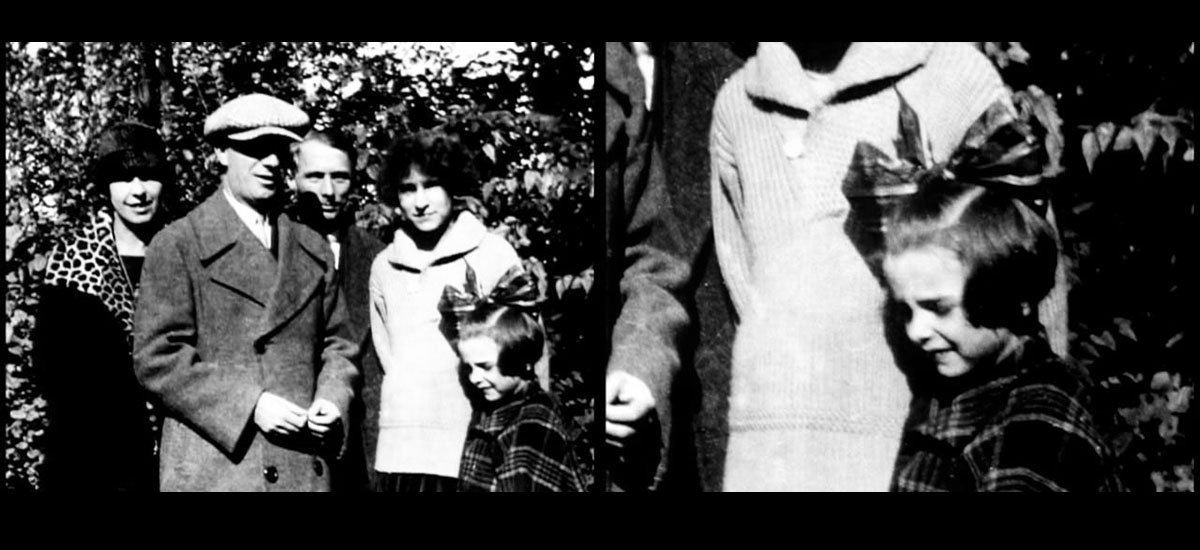
Eluard's daughter, Cecile, recalls this period after an interval of 50 years.
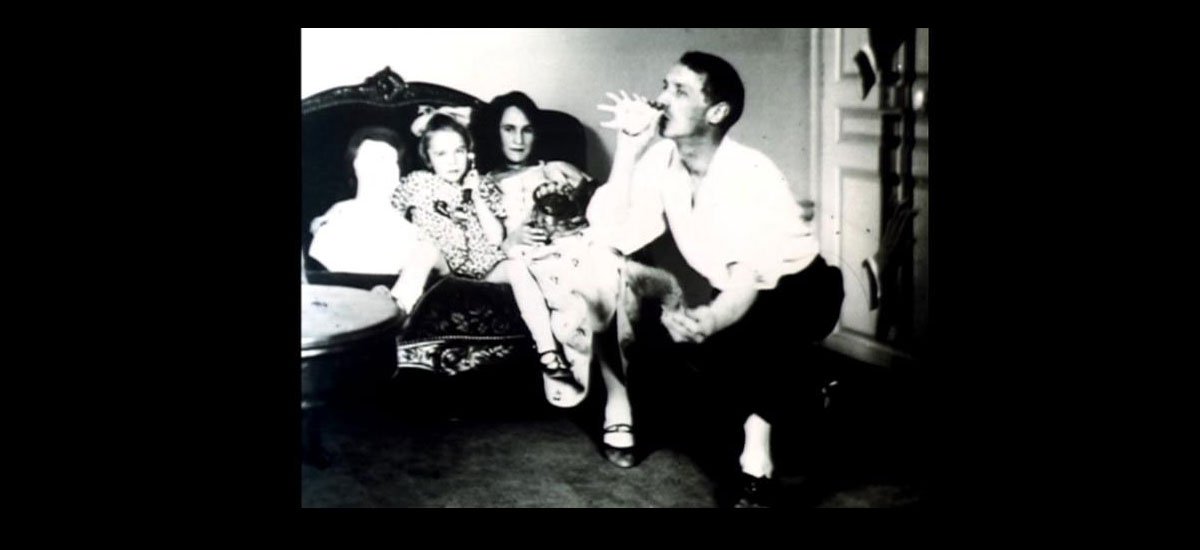
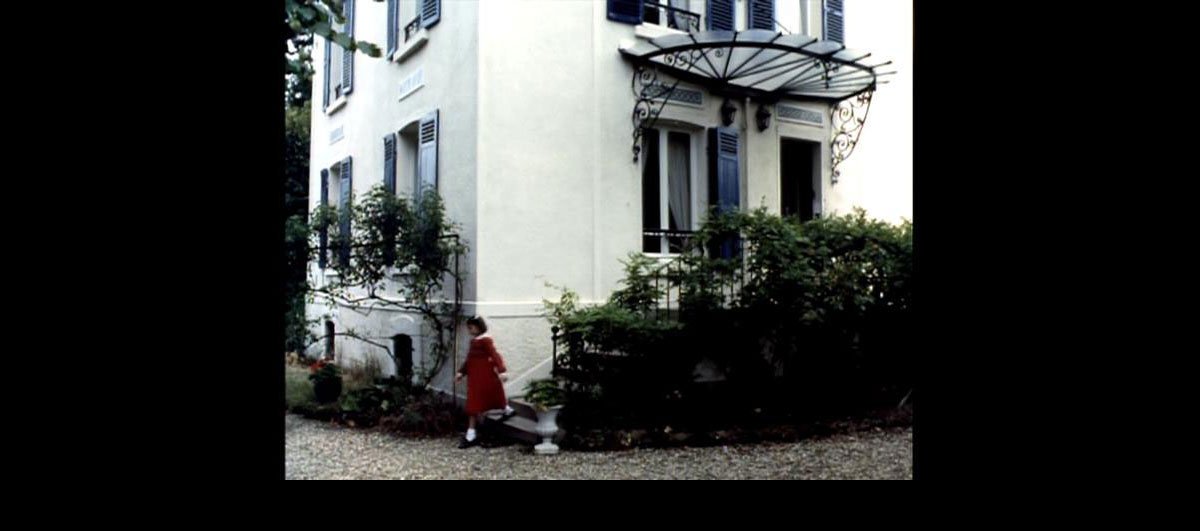
CECILE ELUARD: I was seven or eight years old at the time. My mother always used to tell me to go out and play in the garden.
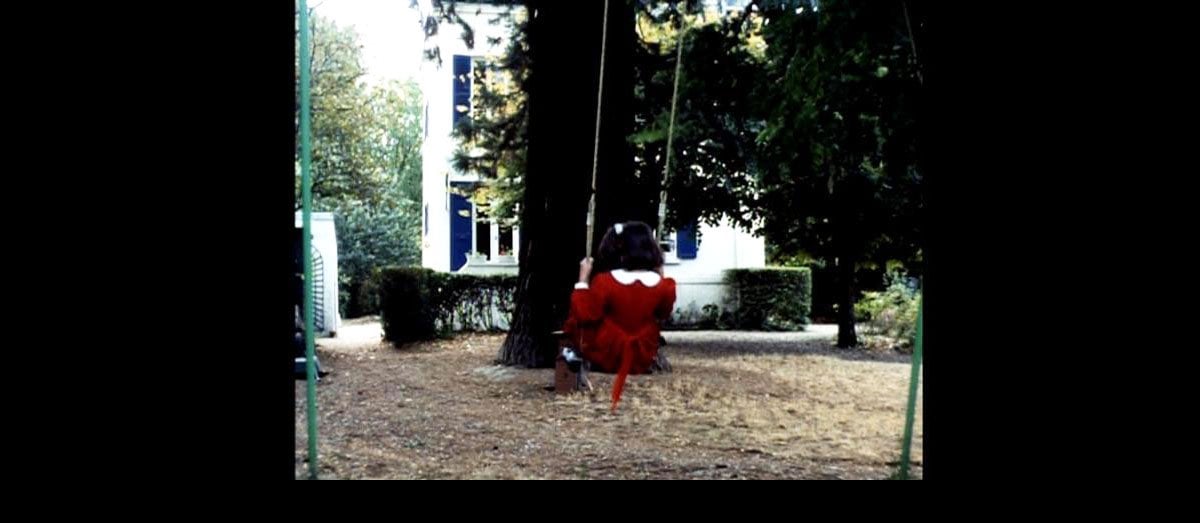
I hated the garden, you know. I hated the whole place. That house in Eaubonne was a nightmare for me. Outside, the house was quite normal looking, but inside the walls, even the doors, were painted with weird figures. Those pictures really frightened me at the time. My father sold the house in 1932, after my mother, Gala, left him for Salvador Dali.
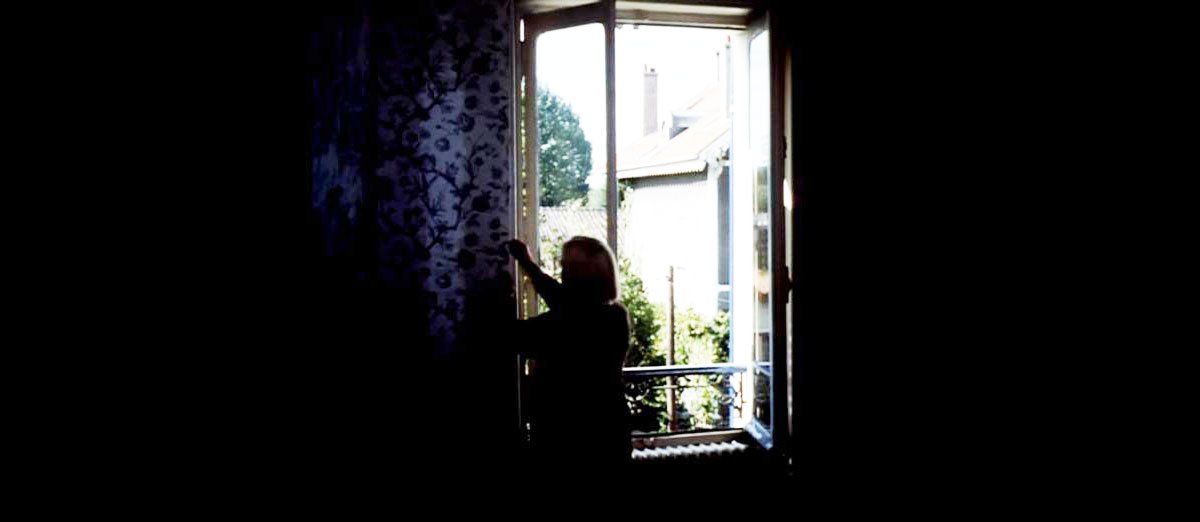
When I visited the house almost 50 years later, the Max Ernst murals were forgotten, concealed under paint and wallpaper for many years.
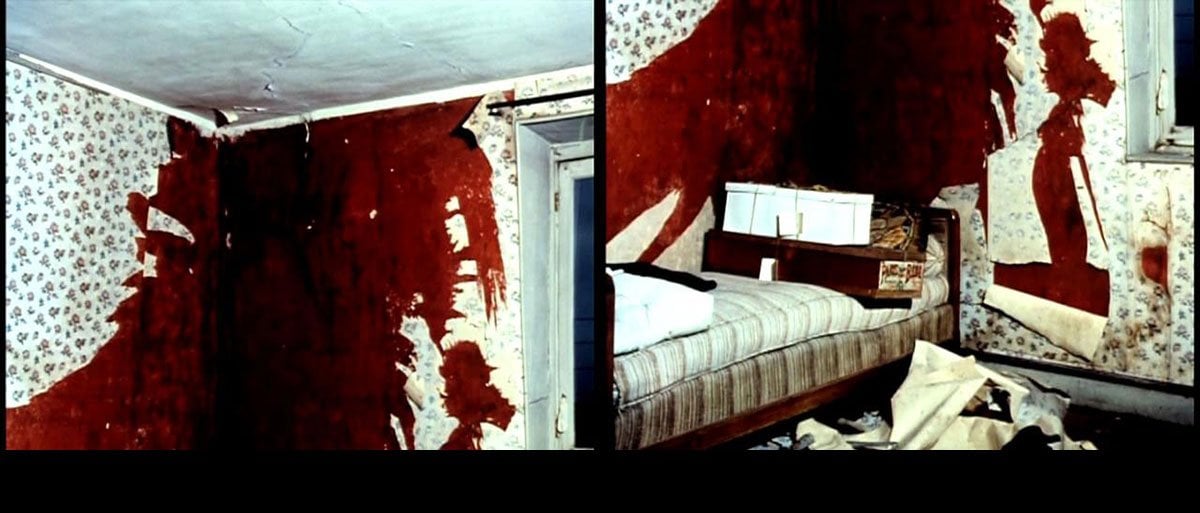
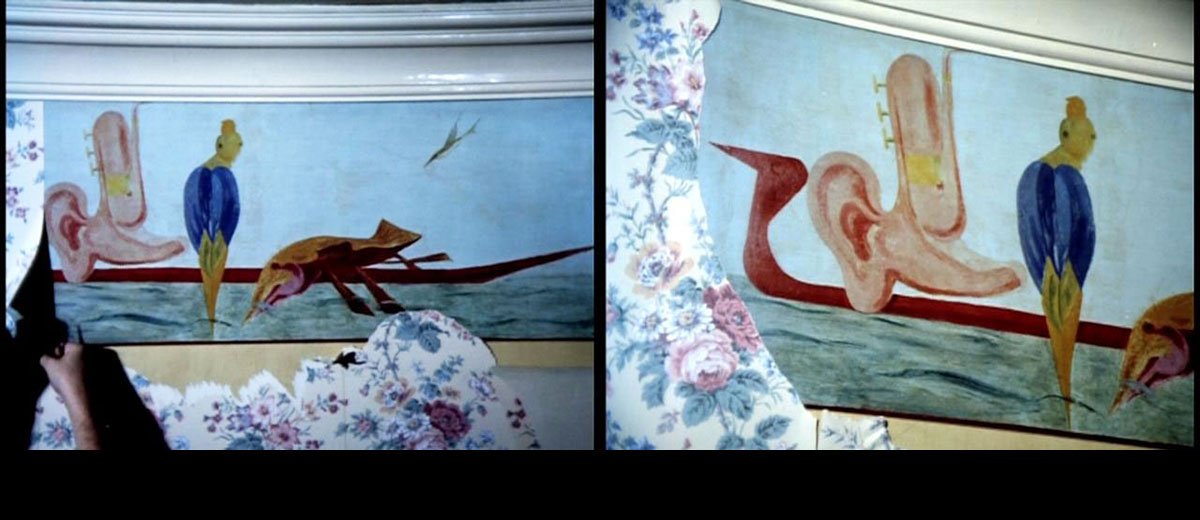
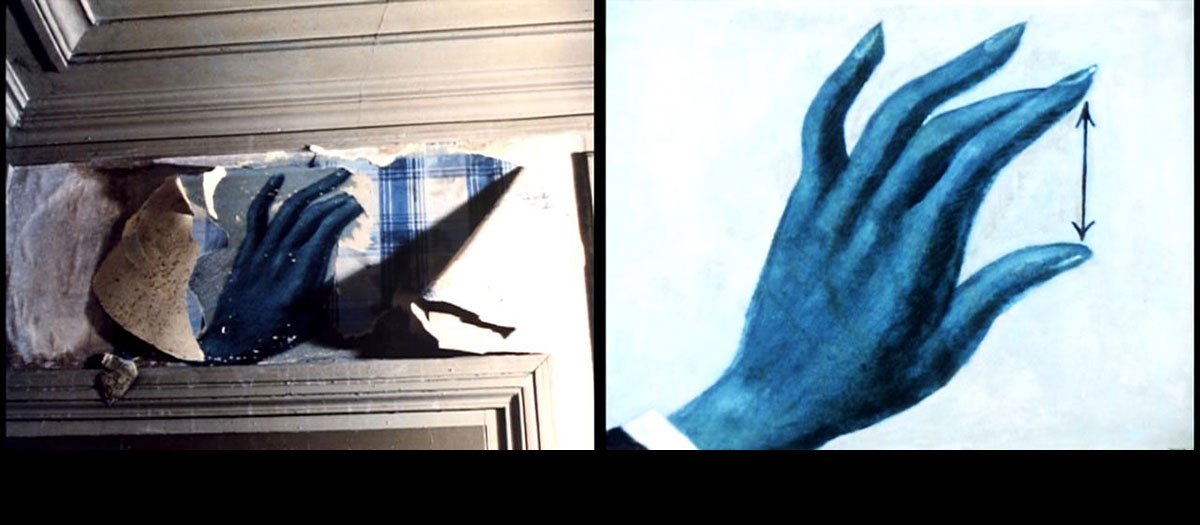
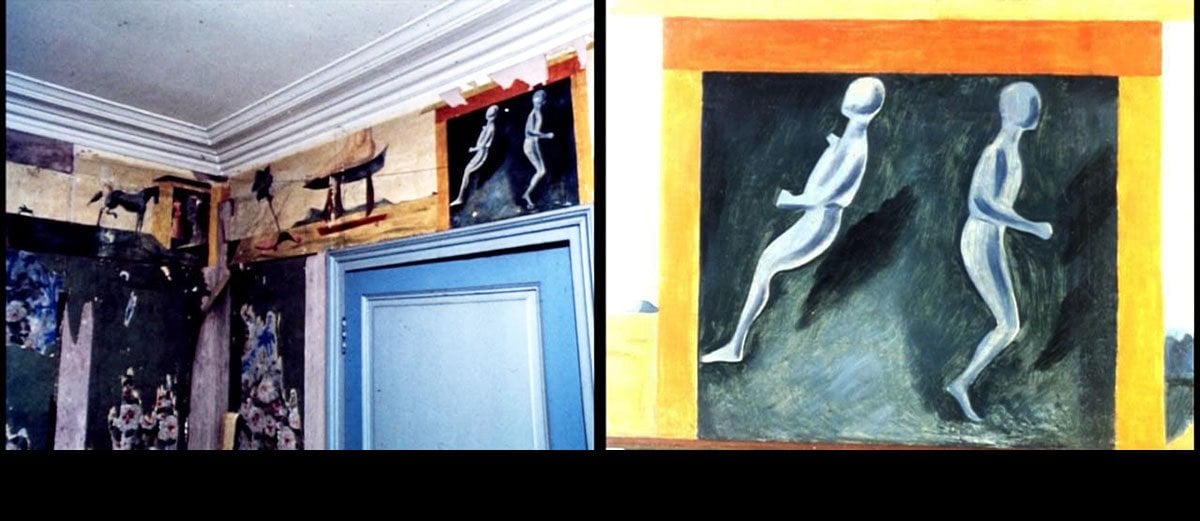

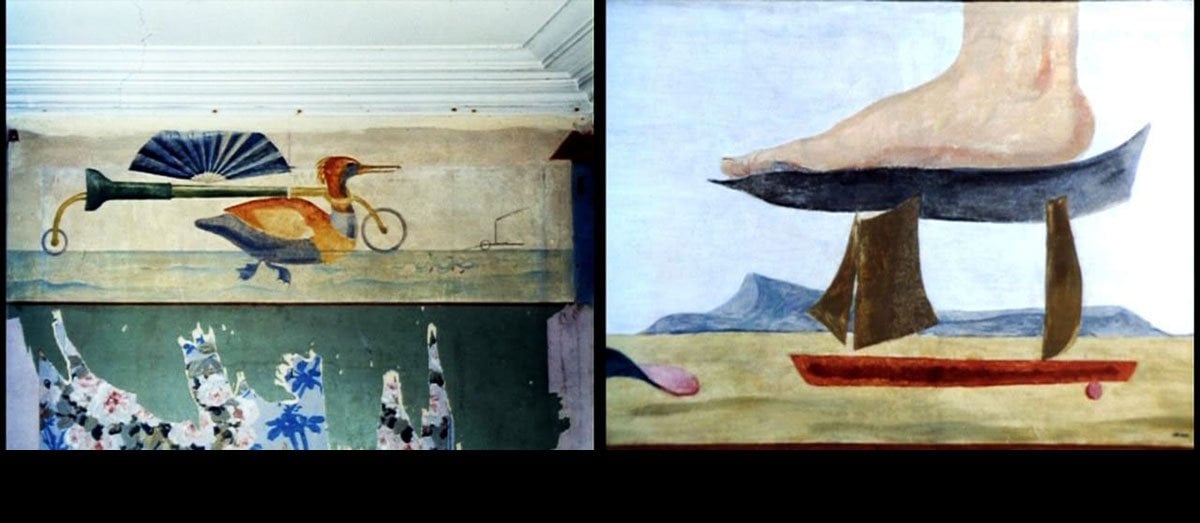
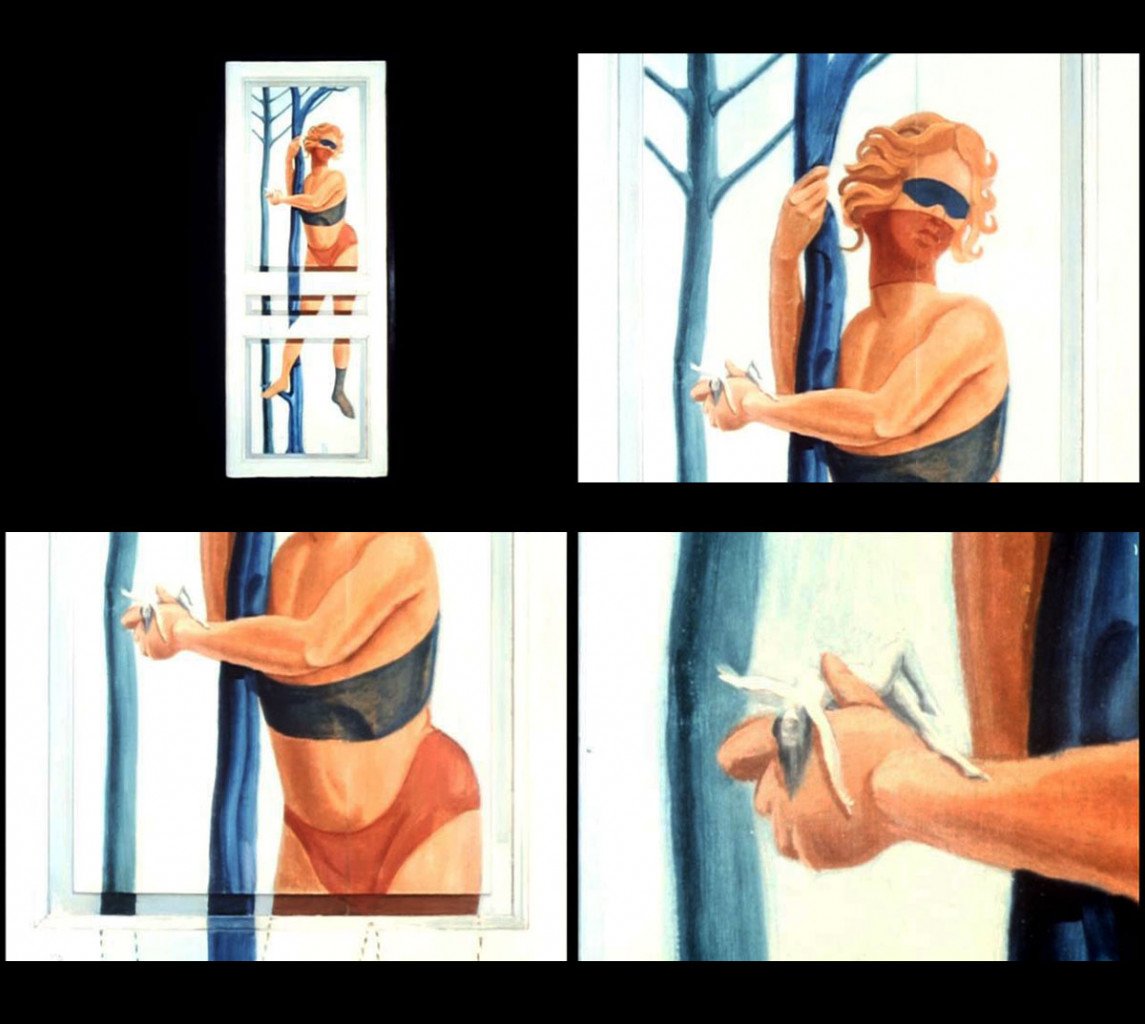
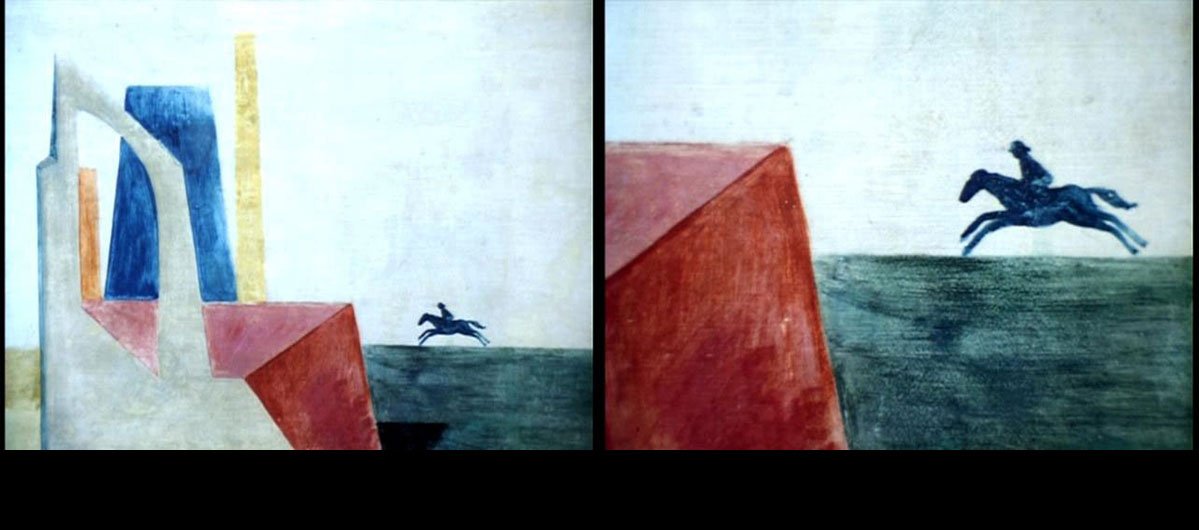
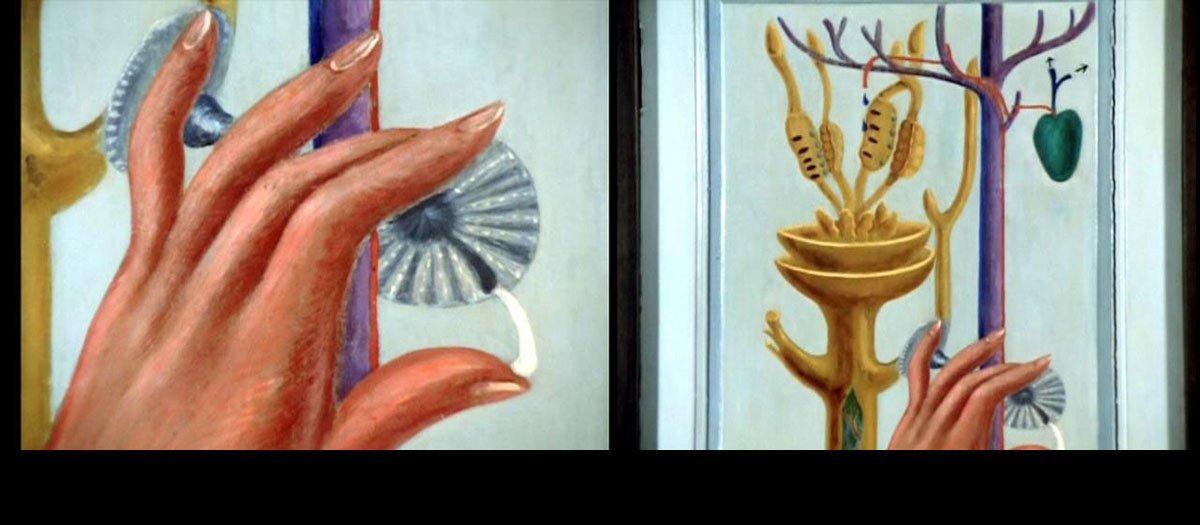

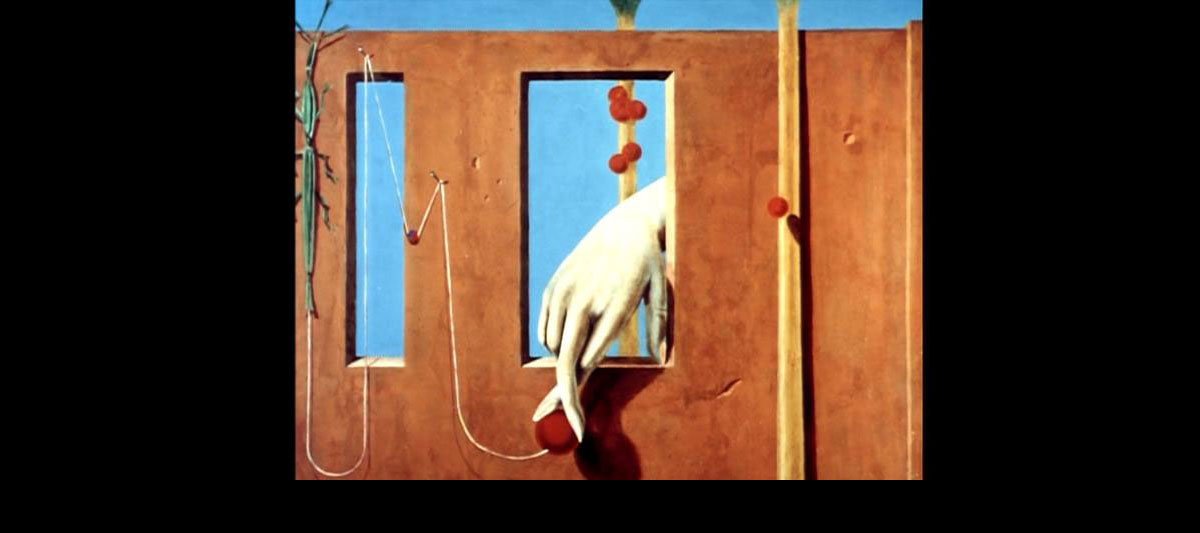
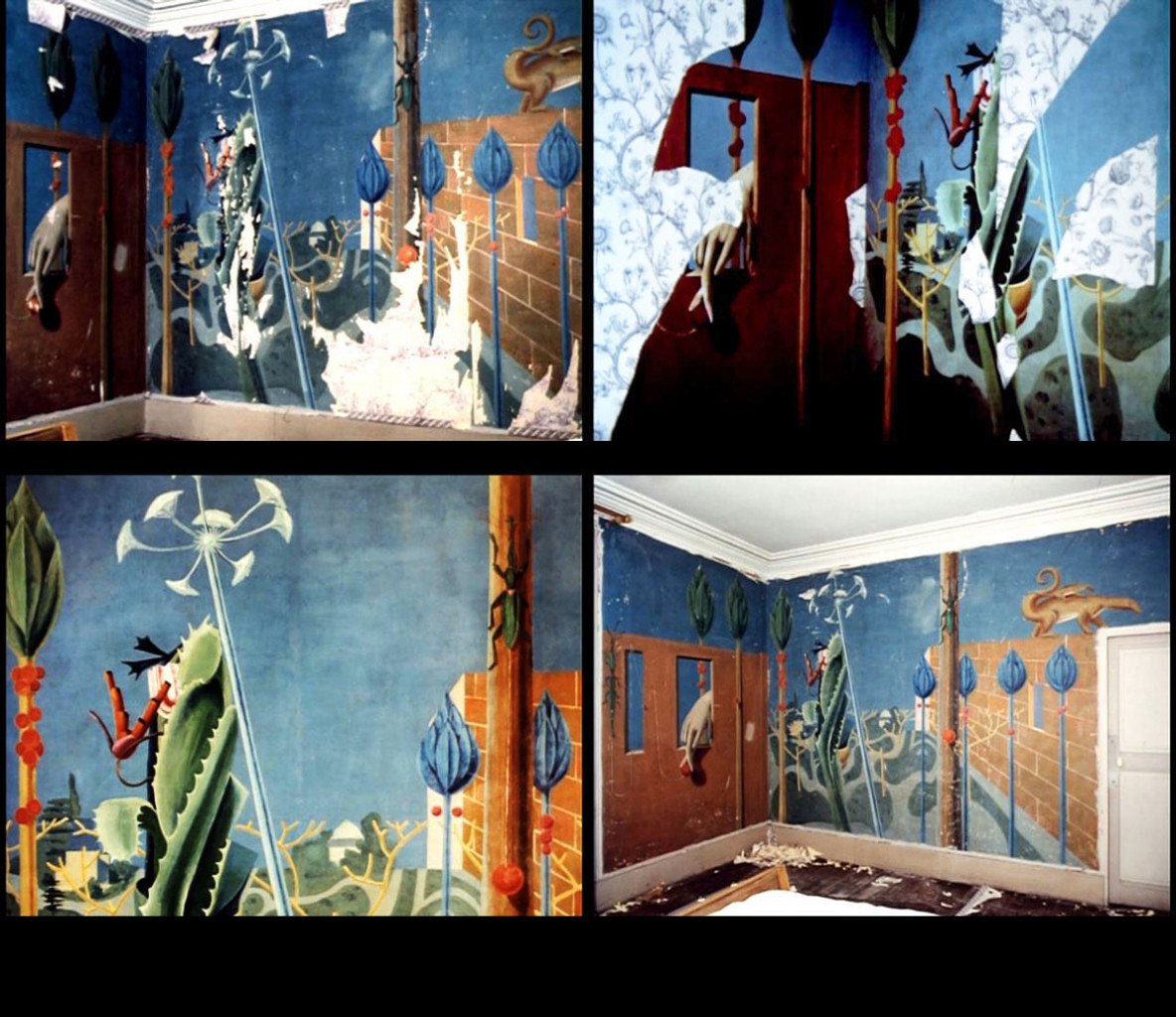
NARRATOR: In a revolutionary attack on the traditional aesthetic of European painting, Ernst creates a relief which he once described as the final logical consequence, for the time being, of the collage technique.
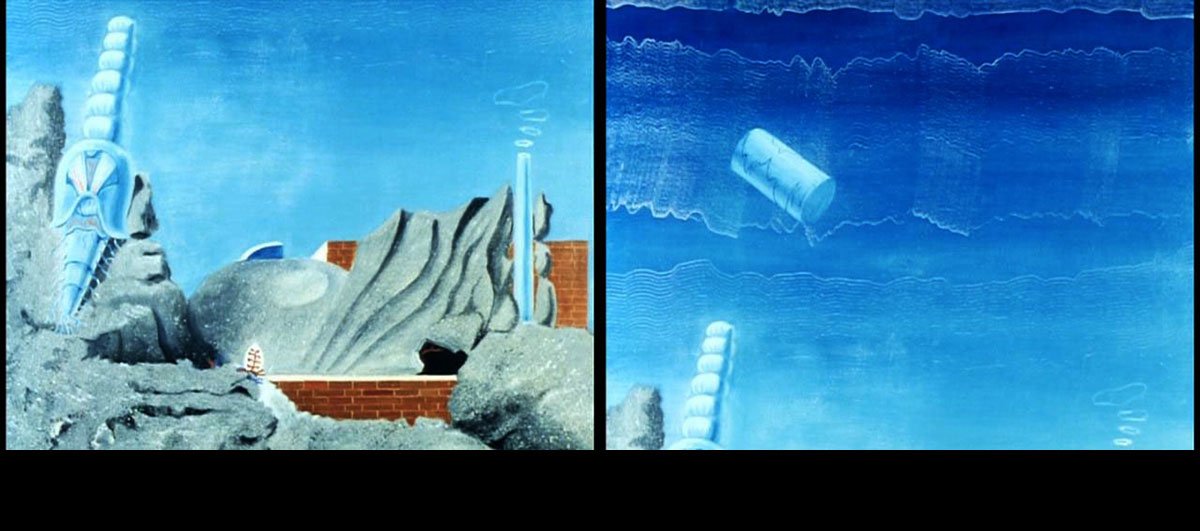

2 enfants sont menacés par un rossignol (Δύο παιδιά απειλούνται από ένα αηδόνι).
Max Ernst, Mein Vagabundieren, meine Unruhe (1991), τρέιλερ από το ντοκιμαντέρ του Peter Schamoni.

Loplop, ο άνθρωπος-πουλί, εμφανίζεται σε πολλά έργα (σχέδια, πίνακες, κολάζ, κλπ.) του Max Ernst ως το alter ego του, ή, σύμφωνα με τον ίδιο, ως το προσωπικό του φάντασμα. Αριστ., Ο Loplop προσφέρει ένα λουλούδι (1931). Βλ. One Surrealist a Day. Δεξ., Loplop, 1932. The Nahmad Collection.
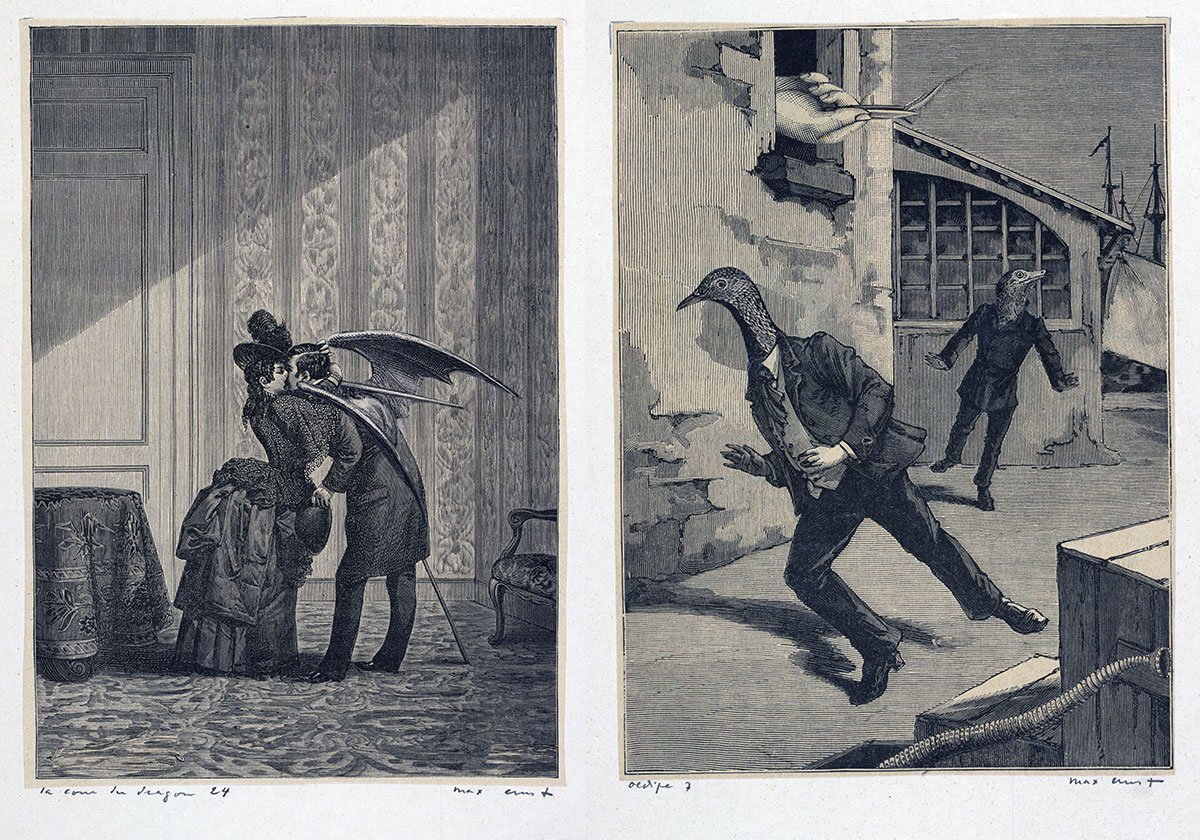
Ο Loplop εμφανίστηκε για πρώτη φορά στις σελίδες του εικονογραφημένου διήγηματος του Max Ersnt Une Semaine de Bonté. Πρόκειται για το σχέδιο-κολάζ αρ.11 Oedipe (δεξιά). Βλ. billyjane και l'œil des chats.
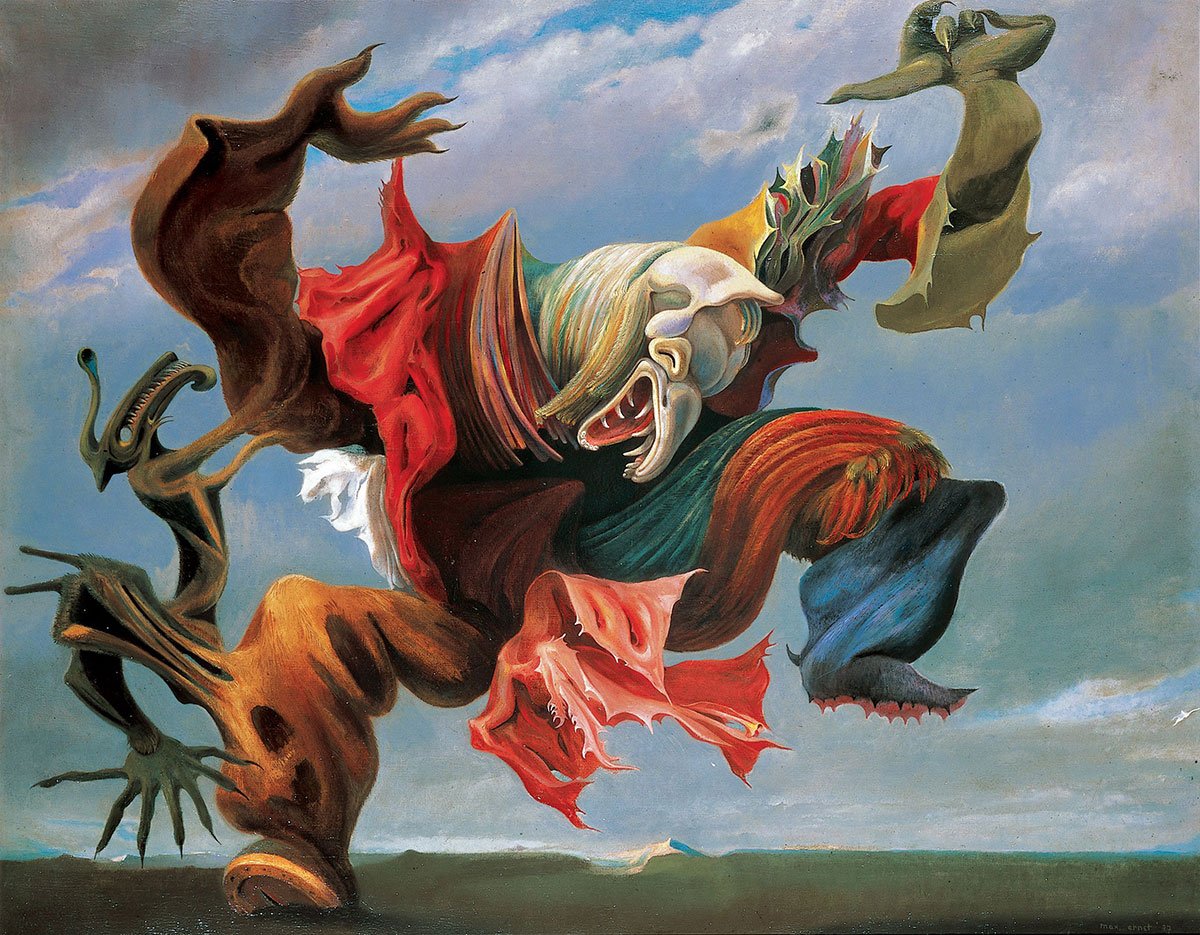
L'Ange du Foyer ou le Triomphe du Surréalisme (Ο 'Αγγελος της Εστίας ή ο Θρίαμβος του Υπερρεαλισμού), έργο του 1937. Βλ. scribble, scribble, scribble...Nothing, Nothing, Nothing...









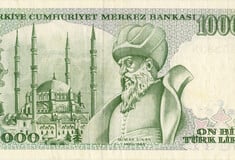











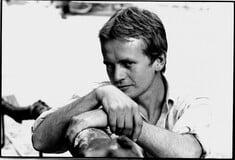





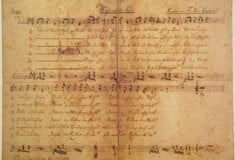

σχόλια